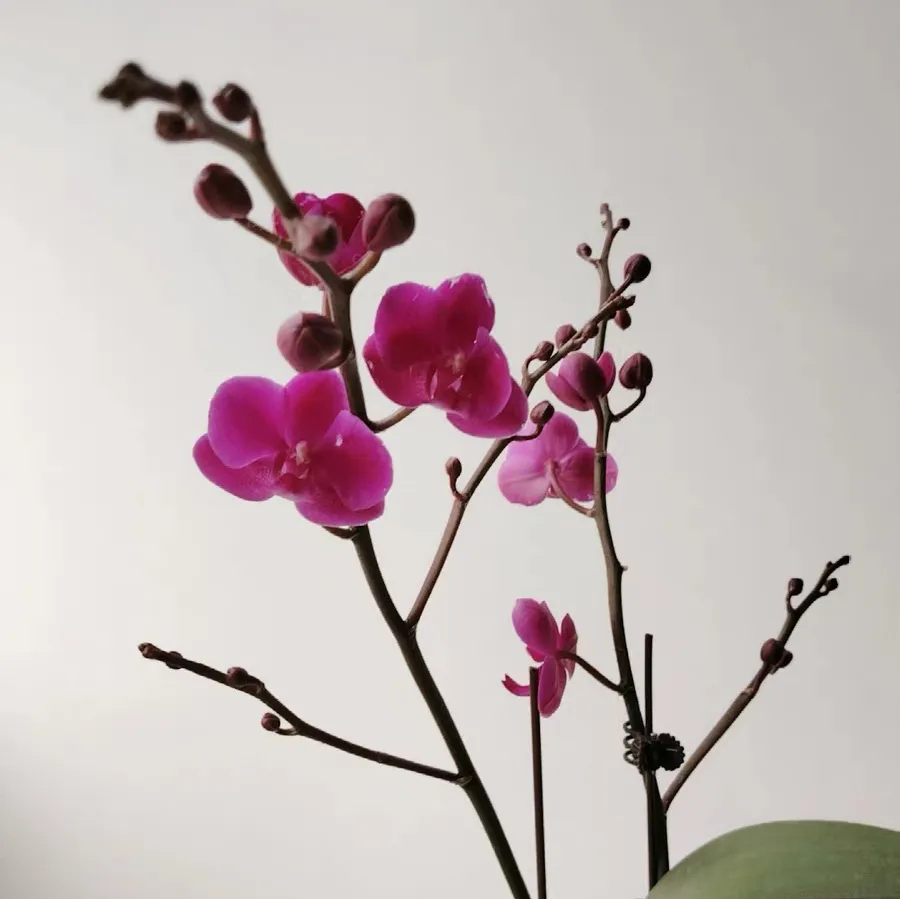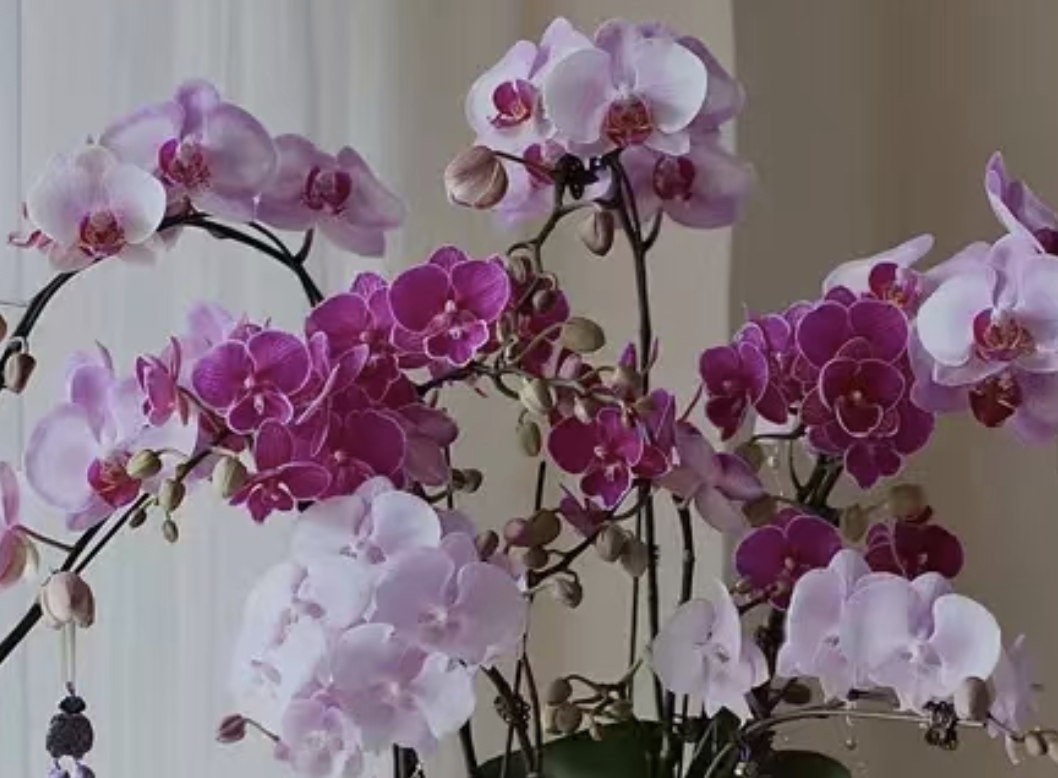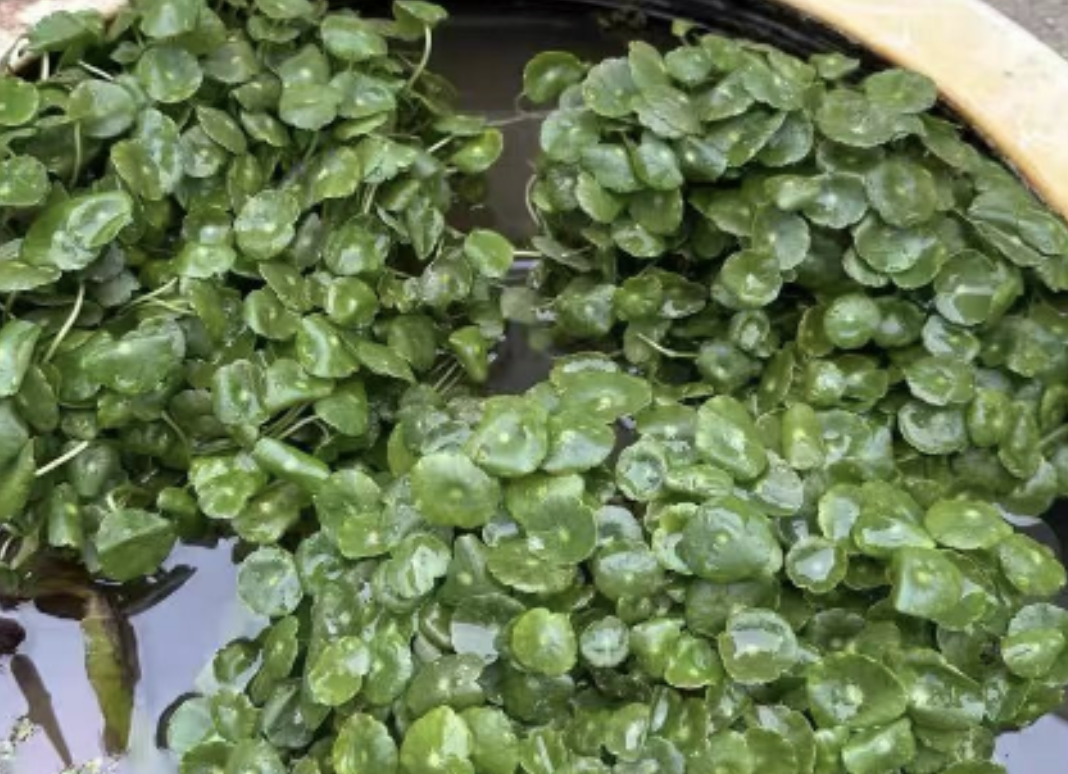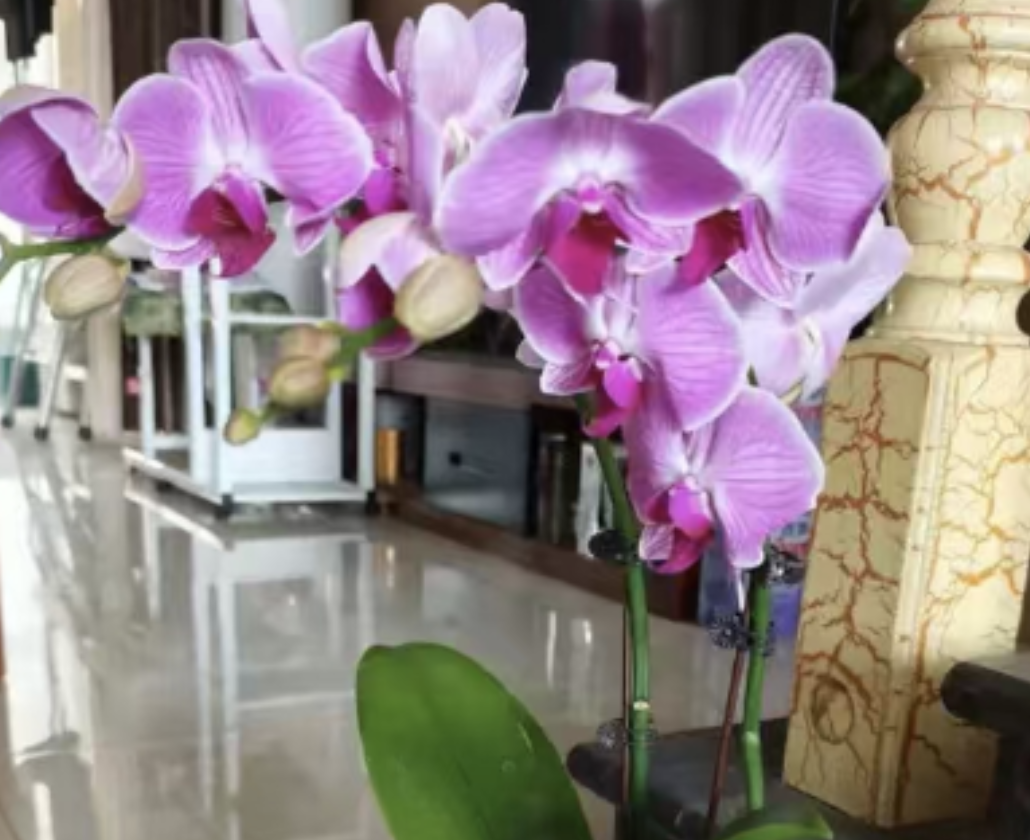# Office Workers' Favorite Phalaenopsis: How to Fix Light Deficiency and Revive It
In modern times, office workers love growing green plants at their desks to relieve stress. The elegant and low-maintenance **Phalaenopsis (moth orchid)** is a top favorite for many! However, if the lighting at the desk is not properly chosen, Phalaenopsis will easily "throw a fit"—showing poor growth, yellowing leaves, and dropping flower buds. It’s distressing to look at and even ruins the stress-relief mood. Don’t panic! First, understand the specific symptoms of light deficiency, then adjust the environment accordingly, and your Phalaenopsis will soon regain vitality.
## Abnormal Growth: The Plant Quietly "Weakens"
- **Abnormal Leaf Condition**: The originally thick, glossy leaves will gradually thin out. Their color may still be dark green, but they lose their vitality. Newly grown leaves will become smaller and smaller, and the internodes of the stems will elongate (a sign of "etiolation"—excessive elongation due to insufficient light). In severe cases, growth may even stop completely, leaving the plant looking lifeless.
- **Shrinking Roots**: Insufficient light causes roots to become thin and weak, reducing their ability to absorb nutrients and water. Over time, the entire plant will grow weaker and weaker due to "not getting enough to eat."
## Flowering Issues: Unable to "Bloom" When You Want to Enjoy Flowers
- **Failed Bud Formation**: Insufficient light hinders the differentiation of Phalaenopsis flower buds. During the season when buds should form, it may either be difficult to grow any buds or only a very small number of buds will appear—making it hard to see the orchid bloom at your desk.
- **Bud Drop**: Even if buds barely grow, the ones at the tip will often "abort" (wither and fall off before opening) due to insufficient nutrient supply. It’s a pity to wait in vain!
## Reduced Disease Resistance: Prone to "Getting Sick"
With too little daily light, Phalaenopsis grows fragile and its resistance drops. Slight dampness or environmental changes can easily lead to diseases, such as leaf spots and root rot—making maintenance even more troublesome.
## Rescue Guide: Adjust Light This Way to Revive Phalaenopsis Quickly
In fact, as long as you find the right way to adjust light and match it with daily care, Phalaenopsis will soon regain vitality. Here’s how to do it step by step:
### 1. Choose the Right Placement: Find a "Bright Shade Nook"
You don’t need to expose Phalaenopsis to strong direct sunlight. Instead, move it to a location with ample **diffused light**—such as near an east-facing or west-facing window at your desk. This way, it gets gentle sunlight in the morning or evening, while avoiding direct midday sun. If the window light is occasionally too strong (e.g., west-facing sun in summer), use a thin curtain to slightly block it and prevent leaf sunburn.
### 2. Take Light Supplementation Measures: Use "Artificial Light" When Natural Light Is Insufficient
- **More "Sunbathing" in Winter**: In winter, natural light is weak and daylight hours are short. Let Phalaenopsis get 4–6 hours more of light every day (e.g., move it to the window at noon). This helps it accumulate nutrients, promote flower bud differentiation, and prepare for blooming.
- **Use Grow Lights for Assistance**: If the lighting at your desk is inherently poor and natural light is insufficient, equip the Phalaenopsis with a **grow light**. Both red-blue spectrum and full-spectrum grow lights work. Supplement light for more than 12 hours a day—it’s like "adding a nutrient boost" to meet its growth needs.
### 3. Maintenance Tips: Don’t Overlook These Details
- **Suitable Temperature**: Maintain an environment of 18–28°C. In winter, keep it away from air conditioner vents or cold windows; in summer, avoid high temperatures and stuffiness. Only with proper temperature will it not "suffer."
- **Adequate Humidity**: Keep air humidity at 50%–70%. If the office air is too dry due to air conditioning, place a small plate of water next to the flower pot (do not let the pot soak in water), or occasionally spray water around the leaves with a spray bottle (do not spray directly on the flower buds).
- **Proper Watering**: Follow the principle of "water only when the soil surface is dry, and water thoroughly." Touch the surface of the potting soil—water only when it feels dry. When watering, ensure water penetrates the soil completely, but do not let water accumulate at the bottom of the pot. Also, do not wait until the soil is completely dry to water, as this can damage the roots due to drought.
If your Phalaenopsis already has yellowing leaves or bud drop, quickly adjust the light and environment according to the methods above. You can also spray a diluted solution of **potassium dihydrogen phosphate** (follow the instructions for dilution) during the bud stage to supplement nutrients, helping it gradually recover and grow healthy leaves and plump flower buds again!
What Are the Symptoms of Phalaenopsis (Moth Orchid) Lacking Light and How to Address It?

Share with
Tagged in :




Leave a Reply